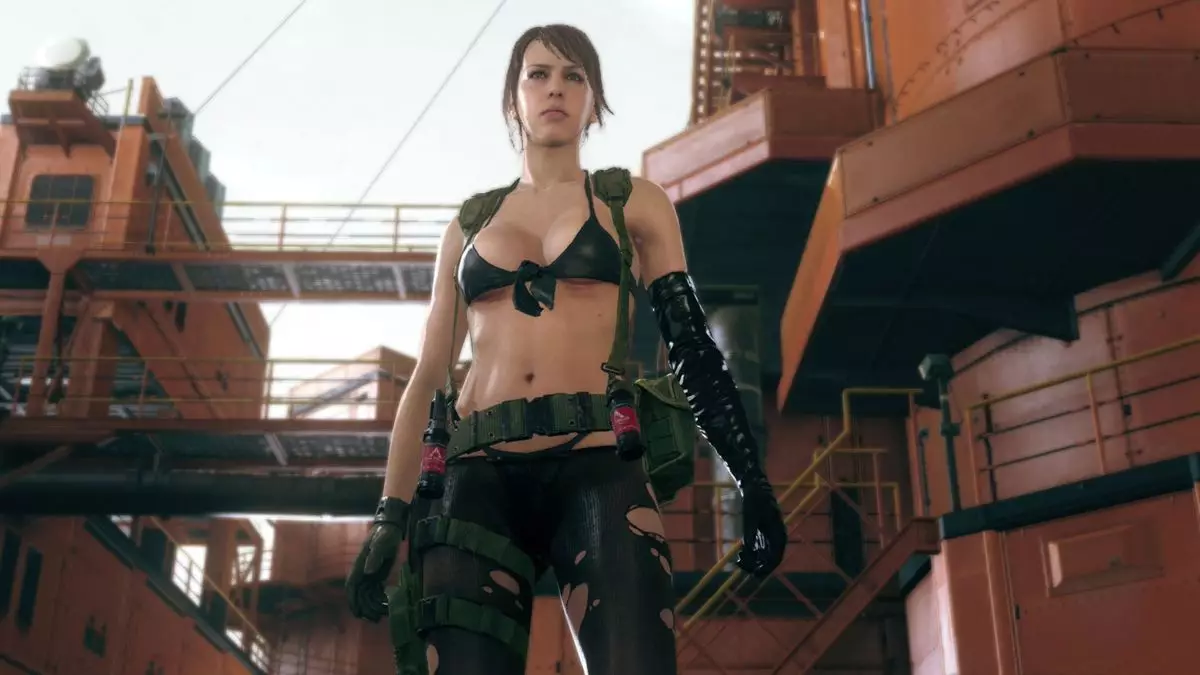The iconic character designs of the Metal Gear Solid series are indispensable to its aesthetic and narrative success. Spearheaded by the visionary director Hideo Kojima, the characters in this franchise are not merely visual representations but integral components of storytelling. This notable approach is rooted in Kojima’s steadfast vision outlined during the development of the original Metal Gear Solid, where he aimed to create characters that authentically encapsulated the series’ intricate themes.
In a revealing interview from 1998, Kojima showcased the gravity with which he approached character design, asserting that the personality and motivations of each character should shine through their visual appearances. Kojima established clear narratives behind the wardrobe choices, indicating that a well-designed character should convey their essence purely through their aesthetics. This philosophy culminates in a deeper, more immersive player experience, as characters are not just tools for gameplay but reflect the complexities of their world.
Struggles and Triumphs in Character Creation
Kojima’s high standards have not been without their challenges. Yoji Shinkawa, the chief designer, recalled his struggles, particularly with the legendary character Solid Snake. Initially, Kojima’s vision for Snake clashed with Shinkawa’s interpretations, leading to early designs that diverged drastically from the final outcome. This dynamic illustrates the rigorous back-and-forth between the director and designer, emphasizing how Kojima’s firm principles often pushed Shinkawa to rethink and iterate on his designs, ultimately solidifying Snake’s identity as a reflection of the game’s serious undertones.
Moreover, Kojima’s unwavering critique of certain design trends, such as overly sexualized portrayals commonly seen in gaming, marked a defining stance that differentiated Metal Gear Solid from its contemporaries. By fostering a design philosophy that prioritized authenticity over superficial attraction, Kojima sought to cultivate a more mature narrative landscape. However, this principle did encounter contradictions, notably with the character of Quiet in Metal Gear Solid V, whose design sparked significant debate regarding gender representation in gaming.
The Future Post-Kojima
Now that Kojima has departed from Konami, the future of character design in the Metal Gear Solid series raises intriguing questions. It remains uncertain whether the next installment will honor or deviate from the rigorous guidelines set forth by Kojima. Future designers will face the challenge of balancing innovation with the original ethos that made the series a hallmark of both narrative complexity and character depth. The ongoing evolution of the franchise carries the potential for new artistic interpretations but risks losing the profound connections that Kojima cultivated through his distinctive character design philosophy.
Kojima’s impact on character design in Metal Gear Solid is profound and lasting. His commitment to authenticity and depth in visual storytelling continues to resonate within the gaming industry, leaving a legacy that both challenges and inspires future creators. As we look to the horizon for new entries in the franchise, the echoes of Kojima’s vision will undoubtedly guide future endeavors in character design.

